
As we wander the forest’s moss-lined paths, we smell pines and firs, touch bark and berries, and listen to birds and chipmunks. The hike ends at a rocky beach where we swim and explore tidepools. When we leave, we feel peaceful and calm. The name for this kind of soothing experience is forest bathing.

There’s evidence that smelling chemicals from trees called phytoncides and microbes from soil called mycobacterium vaccae may reduce stress and boost immune function.
I work as a child psychiatrist to help children, teens, and adults, and I’m always looking for ways to help people manage stress and anxiety. Some of the recommendations I make for doing this include exercise, taking time away from screens, meditating, and connecting with family and friends. I try to do these things myself, too! Every morning I take a half hour walk through the woods near my home.

I’m also a parent of two children (now young adults), and I’ve been concerned about the ways phones and screens are interfering with paying attention to the natural world as well as one another. It’s known that spending a lot of time on social media is contributing to the worsening of teens’ mental health. Adults need to take time away from their phones, too. That’s why the main character of my book, Kayla, encourages her father to put away his phone and fully engage in their walk through their forest. Children want their parents’ undivided attention; often they’re the ones encouraging adults to turn off their phones and be present.

I hope this book inspires you to spend time with your loved ones outdoors and soak in all its beauty and mental health benefits. Happy forest bathing!
Wishing you fresh air and sunshine,
Lisa Robinson
P.S. I invite you to download the free story time kit with five activities for children to learn more about forest bathing—from heading out on a sensory expedition to exploring their senses to making art in nature.
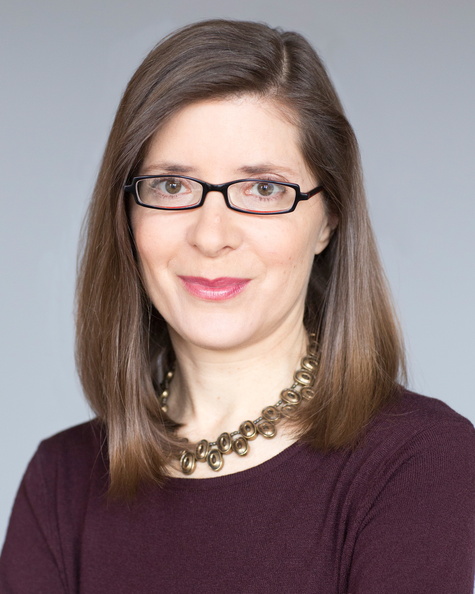
Lisa Robinson is a therapist, picture book writer, and nature enthusiast. She lives in Newton, Massachusetts. Every summer her family travels to coastal Maine for two weeks. The highlight of the trip is a walk through Barred Island Preserve on Deer Isle. The animals and plants mentioned in her new children’s book, Forest Bath Right Down This Path, are all found there. Learn more about Lisa and her work at author-lisa-robinson.com.
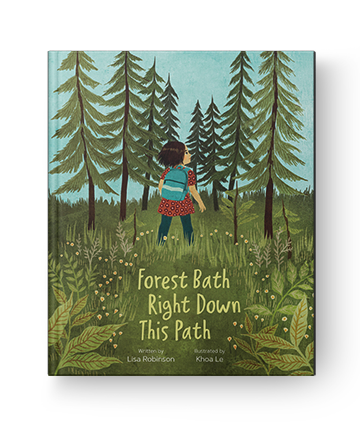
Learn More
Amazon | Barnes & Noble | Bookshop | Sounds True
Dearest Friend,
We live in a world full of deadlines. Alarms. Screaming kids. Nagging bosses. More on our to-do lists than we could accomplish in three lifetimes. It’s easy for your needs to get buried underneath the rubble of daily life, and figuring out how to reconnect with your authentic self can feel touch and go… at best.
I wrote Needy: How to Advocate for Your Needs and Claim Your Sovereignty to lovingly provide the space for you to better understand your needs, experiment with new habits that help you meet those needs each day, and build a resilient connection with yourself that you can rely upon for good.
You have needs—your needs matter. And yet, you’ve been taught that pushing your needs to the back burner is the only way to get things done, that your needs are an overwhelming burden, or that self-care is a luxury you can’t afford. But the presence of your needs is a fact and not a flaw. You can reclaim your energy and give yourself permission to take up space in the center of your own life.
In Needy, I share my unique approach to identifying, honoring, and advocating for the most tender and true parts of yourself that yearn to be acknowledged. It is an invitation to embody self-acceptance, which leads to meaningful growth in self-responsibility, self-care, self-trust, and self-love.
This book will be a delicious companion for your journey, but you actually can begin caring for yourself with greater tenderness and open communication right now.
I invite you to take the next three minutes to check in with yourself.
Put down your phone, close your computer, and put your hand on your heart.
Breath deeply into your belly and ask yourself:
How do I feel?
What do I need?
What does my body need from me?
What is ONE, doable need that I am ready, able, and willing to meet?
Real self-care is responsive, not prescriptive. The care you are aching for right now will be found in asking yourself those four questions. Give yourself permission to start with one, tangible action.
And repeat as necessary.
Need more? I will see you between the pages of Needy. I am so grateful to be able to share this book with you, and I hope you will share it with the humans in your life who struggle to take up space in this way.
xx Mara
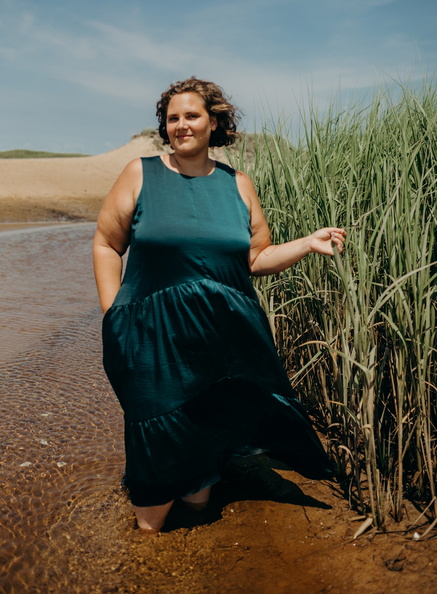
Mara Glatzel, MSW, (she/her) is an intuitive coach, writer, and podcast host. She is a needy human who helps other needy humans stop abandoning themselves and start reclaiming their humanity through embracing their needs and honoring their natural energy cycles. Her superpower is saying what you need to hear when you need to hear it, and she is here to help you believe in yourself as much as she believes in you. Find out more at maraglatzel.com.
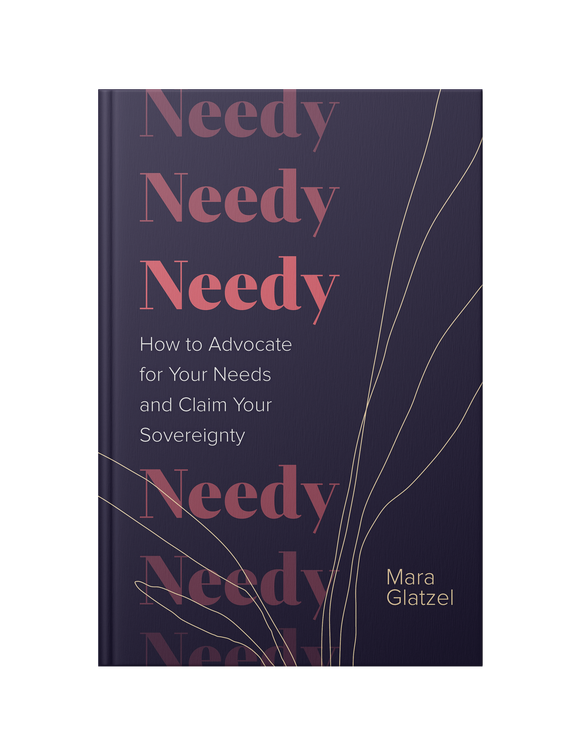
Learn More
Amazon | Barnes & Noble | Bookshop | Sounds True
How can we live without the sense that our value is measured by achievements and productivity? What kind of attitude and skills are needed today to deal with the stress so many are feeling? In a nutshell, what does it mean to be human right now?
In this podcast, Tami Simon speaks with bestselling author and stress expert Dr. Elissa Epel about the inextricable connection between the mind and the body and how we each have the capacity to protect our health and well-being even in times of volatile uncertainty.
Take a break, relax, and breathe, as you listen to this hopeful conversation on breaking free from toxic cultural imperatives; changing our minds, bodies, and environment; aging and the telomere effect; understanding the types of stress, such as acute, chronic, and restorative; cryotherapy and the benefits of cold exposure; deep rest, and how to get more of it; shifting the messages to our cells from “stay vigilant” to “I’m safe”; developing awareness and choosing your response; nervous system regulation; planting safety cues and secluded breaks into your day; befriending the body; “turning from gazelle to lion” in the midst of stress; seeing the beauty in each day; and more.
Note: This episode originally aired on Sounds True One, where these special episodes of Insights at the Edge are available to watch live on video and with exclusive access to Q&As with our guests. Learn more at join.soundstrue.com.
For centuries, we’ve been taught that being traumatized means we are somehow broken—and that trauma only happens to people who are too fragile or flawed to deal with hardship. Instead, says Dr. MaryCatherine McDonald, the trauma response proves our spirit cannot be broken. In this podcast, Tami Simon and “MC” (as her students call her) discuss her new book, Unbroken: The Trauma Response Is Never Wrong—And Other Things You Need to Know to Take Back Your Life, and how we might as a society begin to update our understanding of trauma and its healing.
Tune in for this inspiring conversation about the impact of trauma on the narratives that make up our identity; recalibrating the nervous system after trauma; memory and the hippocampus; relearning a sense of embodied safety; dealing with loss in our grief-phobic culture; trauma defined as “an unbearable emotional experience that lacks a relational home”; the unconscious nature of triggers, and how to raise awareness around them; the miracle of your adaptive brain and body; trust and community in the healing of trauma; reconciling life’s ultimate vulnerability; finding resilience and strength in these uncertain times; attunement, holding space, honesty, and other elements that provide a relational home; realizing an anchor in the “tiny little joys”; the healing power of… Tetris?; healthy regulation; and more.
A doctor of Chinese medicine who was a famous bonesetter in China once said to me with a heavy accent, “Here, you [meaning Americans] don’t like to feel pain. You don’t like to suffer.” He said this as he wrung my neck as one would a chicken’s, snapping it back and forth in a way I had never experienced. I screamed as if he were breaking my bones.
For a month prior, I hadn’t been able to move my head to the left or right. My left arm was nearly immobile. I had just started a new job that probably should have ended the moment my body locked up. I went for acupuncture, then pain pills; used ice and hot water bottles. I went to medical doctors, and they X-rayed the area and gave me more pills and a brace to keep my head still—the kind used for whiplash. I later tried one of the best chiropractors in the city, and she gave me the number of a neurosurgeon, thinking I had a herniated disk and would need surgery. I did not seek out the surgeon and stayed in pain for weeks. Finally, a friend from my job gave me the number of her doctor, the famous bonesetter mentioned above. I called him at 10:00 pm that night. That’s how much pain I was in. To my surprise, he answered the phone. He said, “Come in. I wait for you.”
I said, “Now?”
“Yes!” he said. “You have pain, come now.”
Wow, I thought. Now that’s a healer. It didn’t matter that it was the middle of the night.
My partner at the time drove me across the Bay Bridge to San Francisco, and I met my friend from work at the healer’s office. She had come to translate from Mandarin to English. The place was tiny, with photos on the wall of city dignitaries and other famous people who were his clients.
“Hi.” The bonesetter smiled like a boy. “I’m Dr. Fu.”
I sat down in his small room and showed him my X-ray. He threw it on the floor without looking at it. He took the brace off my neck and threw that on the floor, too, right next to the X-ray. Then he twisted me into a pretzel. I howled, yelped, screamed, and hollered.
All of it. No wonder he had me come when no other patients were there. He told me to breathe, and I did my best. Suddenly, at the peak of the pain, I felt my muscles release in my neck, shoulders, and back. It was in fact a miracle to me. I had suffered so long.
I carried my brace and X-ray out in my hands. It was as if I had never been in pain or unable to move. The night sky filled with stars made me feel like I was on another planet. I was in bliss. When I returned to work, everyone was shocked. Was it a miracle, or was it the ability to withstand a greater amount pain to be free of the pain? I would have never imagined that I needed to go deeper into the pain, deeper into the darkness of it. All I had wanted was out.
We are averse to pain and suffering and understandably so, given our American sensibility. We have access to a large market of remedies, products, spiritual paths, and, yes, gateways to the freedom from suffering. I wonder how many times we have diverted our own freedom when we have discovered there is more pain, more trouble, more darkness ahead and we keep adding on remedies. What is the mindset, along with fear and terror, that causes us to avoid our suffering rather than go deeper into seeing what is there? Yes, I should have quit that job on the spot when the pain started, even though I had been there for only a few weeks. I didn’t know at the time, but the pain that was deep inside was because I wanted something different for my life than the job I had accepted. The pain was my impatience, and it was at the same time physical pain in real time. I didn’t wait to allow that“something different” to be revealed in the darkness.
Since all paths—religious, spiritual, or without name—intersect in the place of darkness, darkness is the place where the mind is forced to detach itself from whatever it has grabbed onto in life. And in that nothingness, in that dark place, we awaken.
What of darkness terrorizes us so that we run from it, rather than go deeper into it? How can we bear dark times, or, more explicitly, horrifying times, with the skill of an awakened one? Misery, struggle, and sorrow are not the sole intentions of this life. Yet we can respect our interrelationship with everything in the world, including the suffering in, around, and between us. Is there a way to live in unsettling times that we have forgotten?
Excerpted from Opening to Darkness: Eight Gateways for Being with the Absence of Light in Unsettling Times by Zenju Earthlyn Manuel.
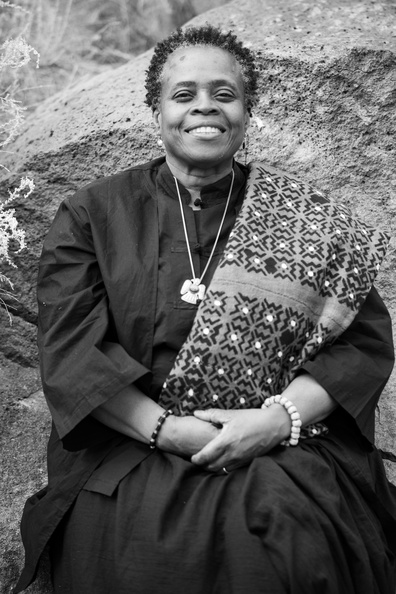
Osho Zenju Earthlyn Manuel, PhD, is an author, poet, ordained Zen Buddhist priest, teacher, and artist, whose diverse background, education, and experience all provide a unique integral and cultural perspective within the space of religion and spirituality. She is the author of The Shamanic Bones of Zen, The Way of Tenderness, The Deepest Peace, and more. Manuel is a native of California and now resides in New Mexico. Learn more at zenju.org.
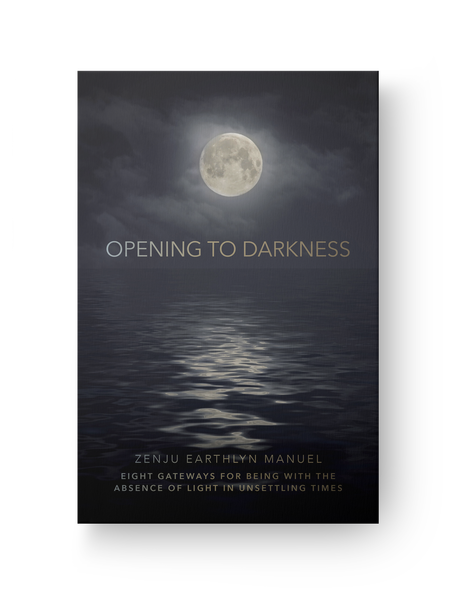
Learn More
Amazon | Barnes & Noble | Bookshop | Sounds True
We live in an age of astounding technological wonders. Yet there is great fear and uncertainty around where it’s taking us all. The multitalented Dr. Sará King is a neuroscientist, education philosopher, public speaker, and codirector of Mobius, a nonprofit committed to the creation of “liberatory technology” as a countercurrent to the harm perpetuated by much of our modern technology.
In this thought-provoking podcast, Tami Simon speaks with Dr. King about her life and work, covering a variety of intriguing topics including the critical skill of self-compassion; intergenerational trauma and the relationship between the personal and the collective; how to shift to a freeing perspective on our suffering; the pain inflicted through the practice of othering; empowerment, awe, and curiosity; gratitude for our ancestors whose dreams become our reality; the metaphoric medicine bowl visualization; metta (or lovingkindness) practice; weaving together the multiplicity of selves within us; technology that contributes to our sense of interdependence and well-being; and more.
Note: This episode originally aired on Sounds True One, where these special episodes of Insights at the Edge are available to watch live on video and with exclusive access to Q&As with our guests. Learn more at join.soundstrue.com.
© 2024 Sounds True. All rights reserved.